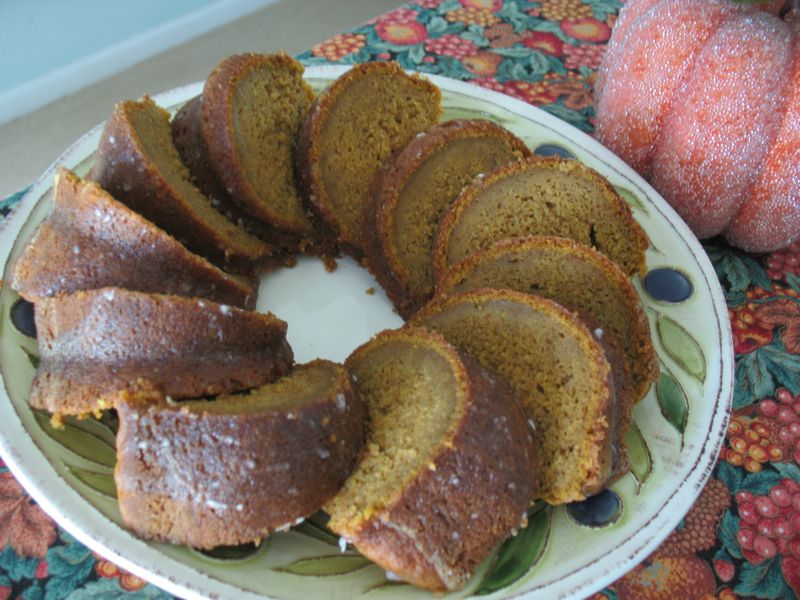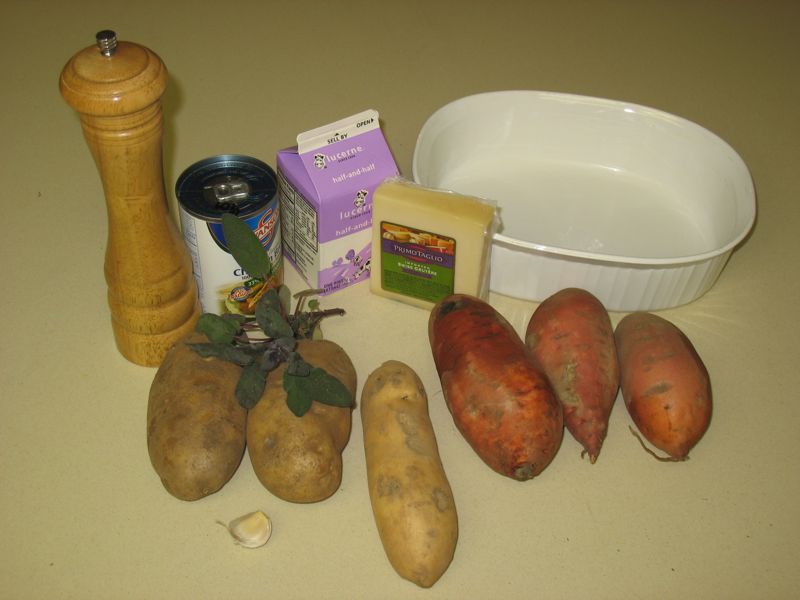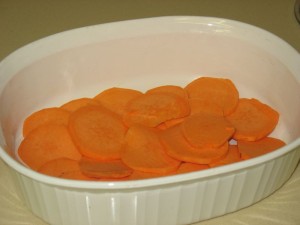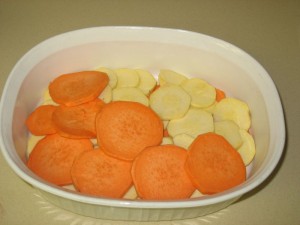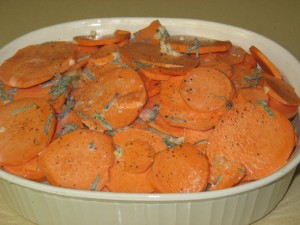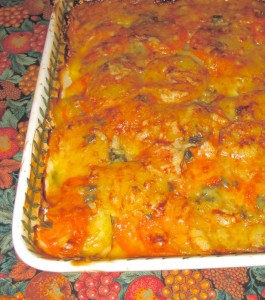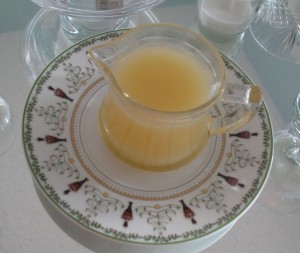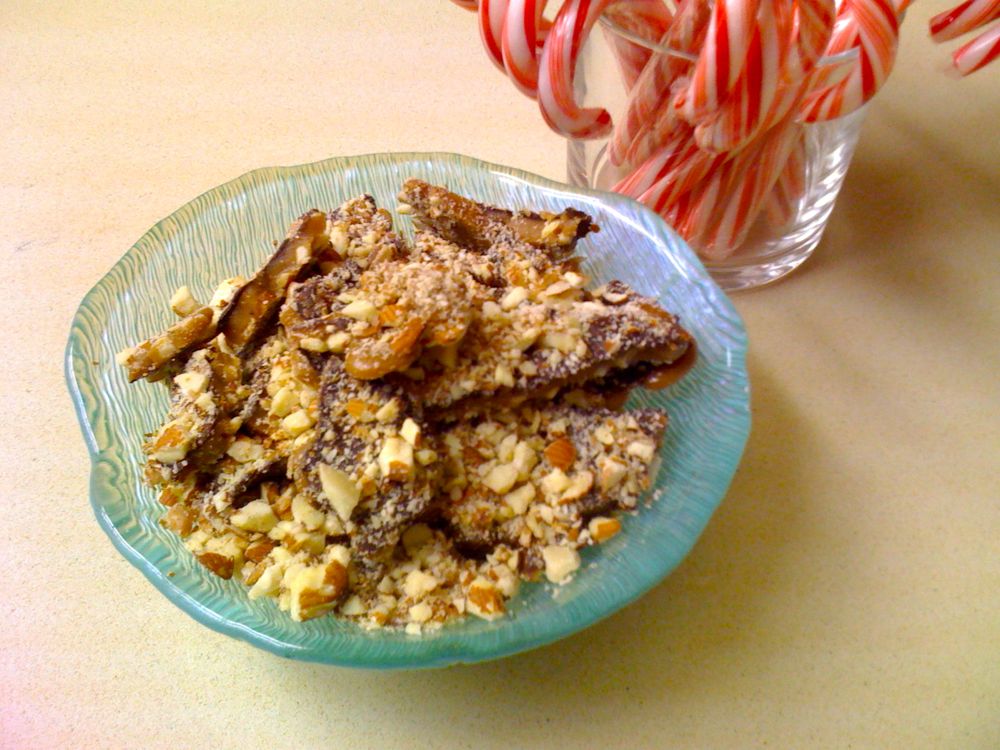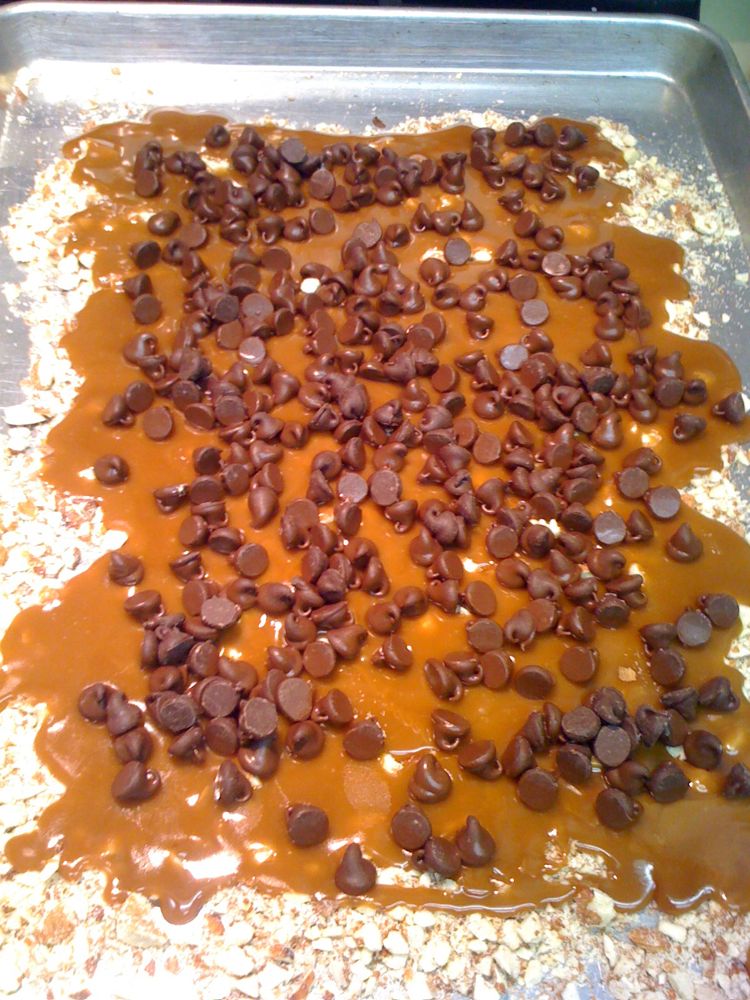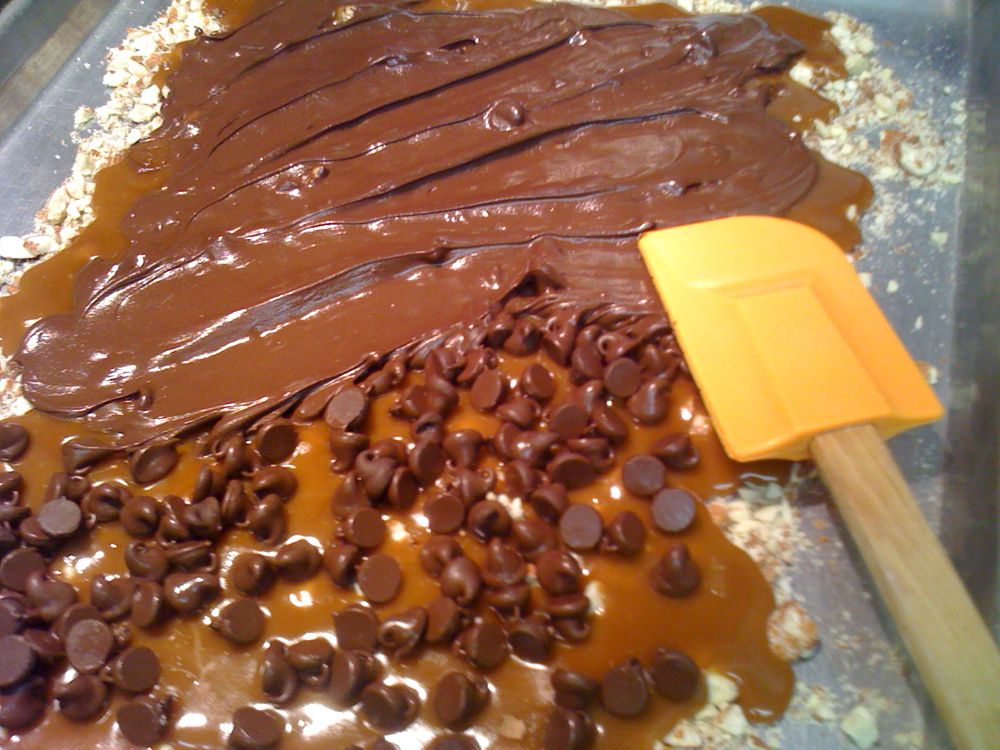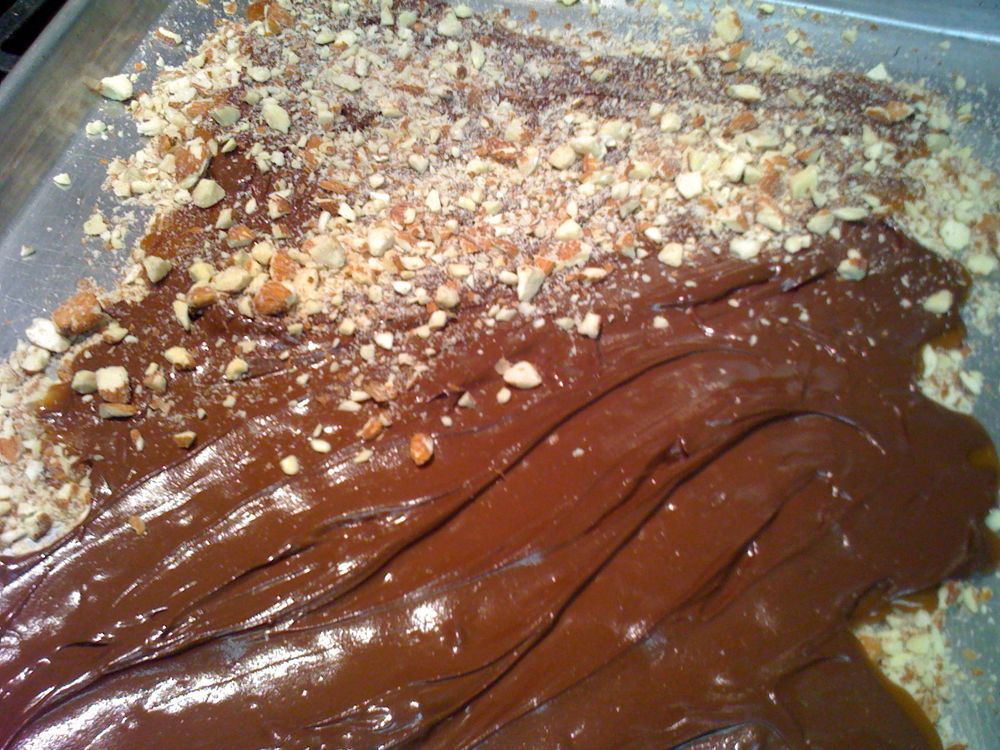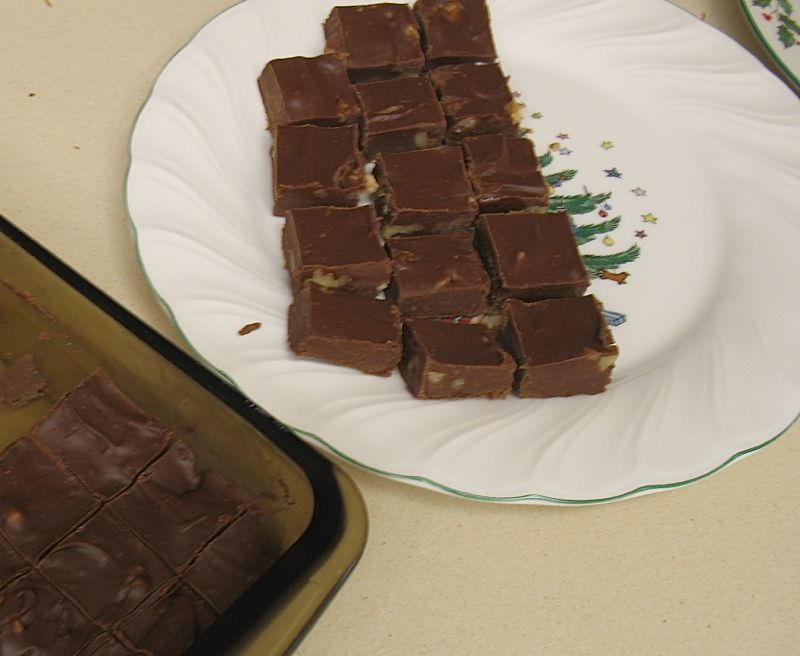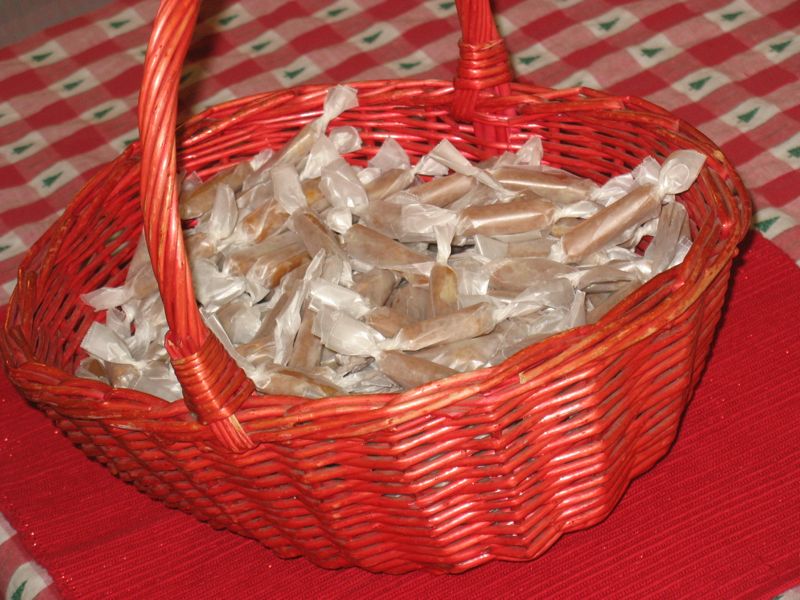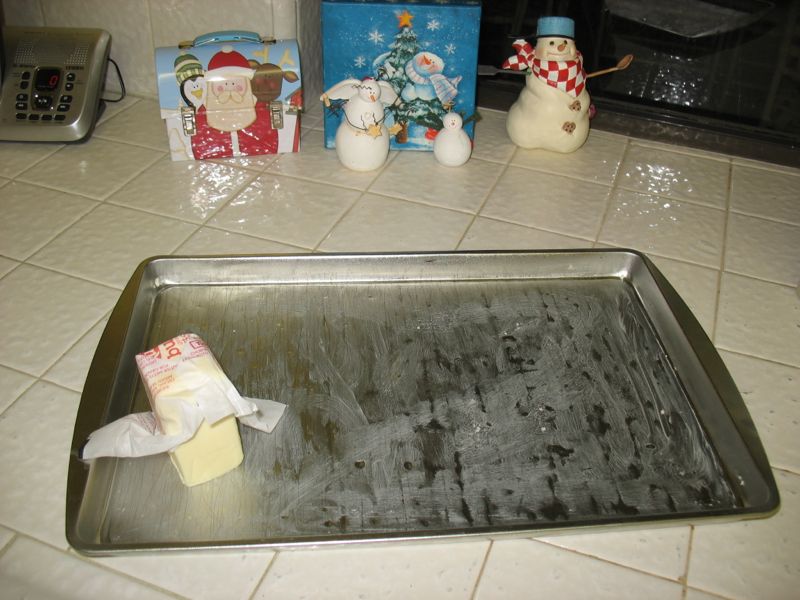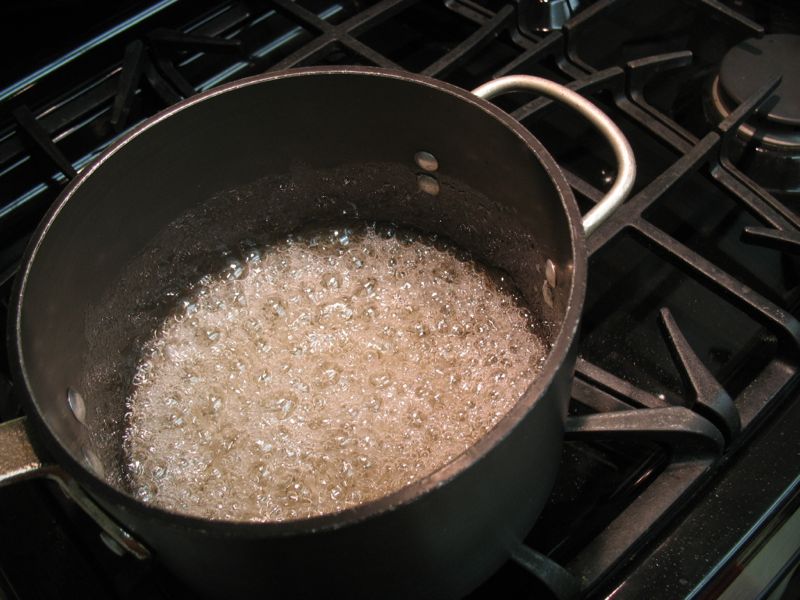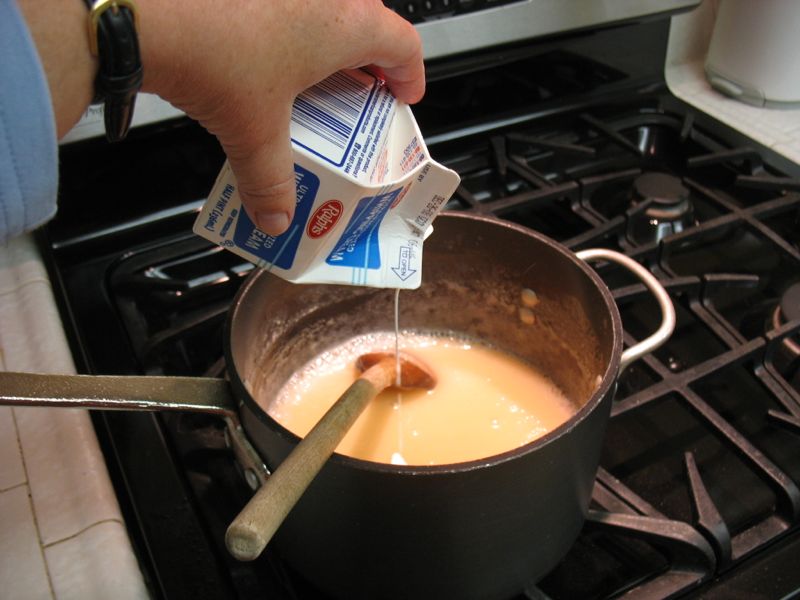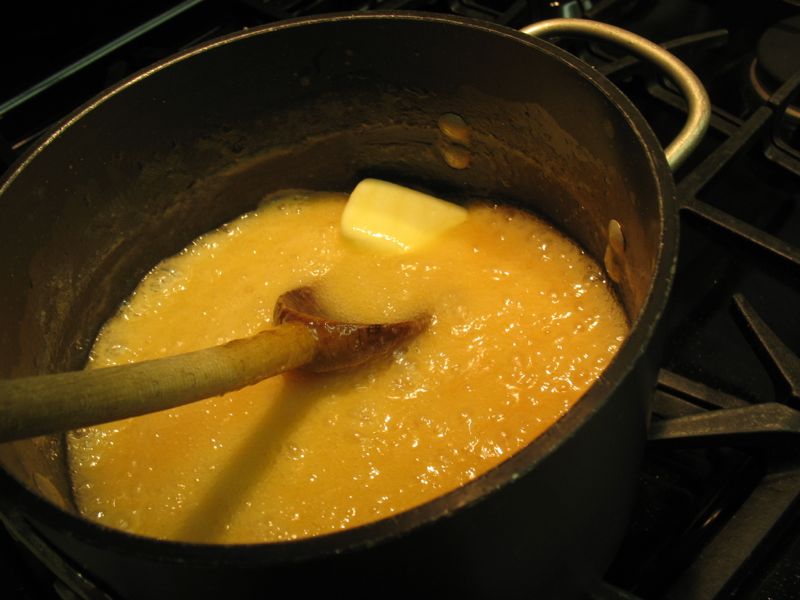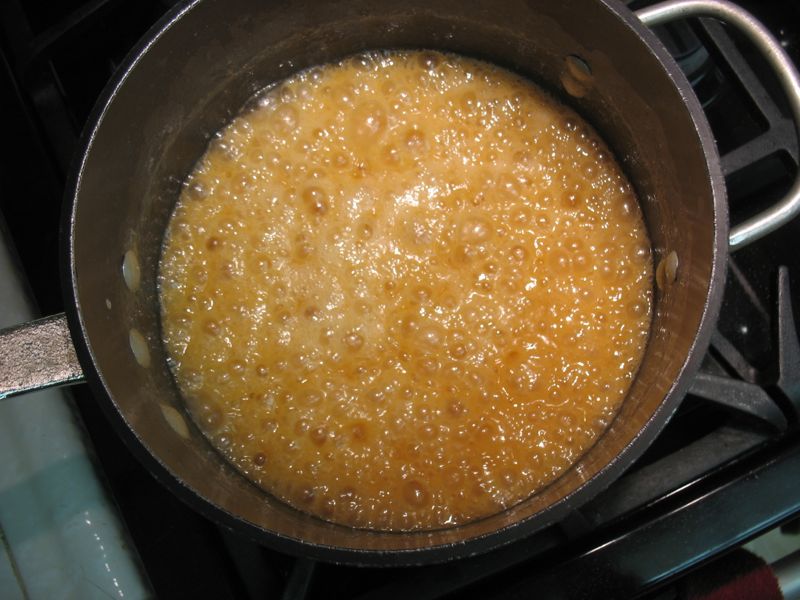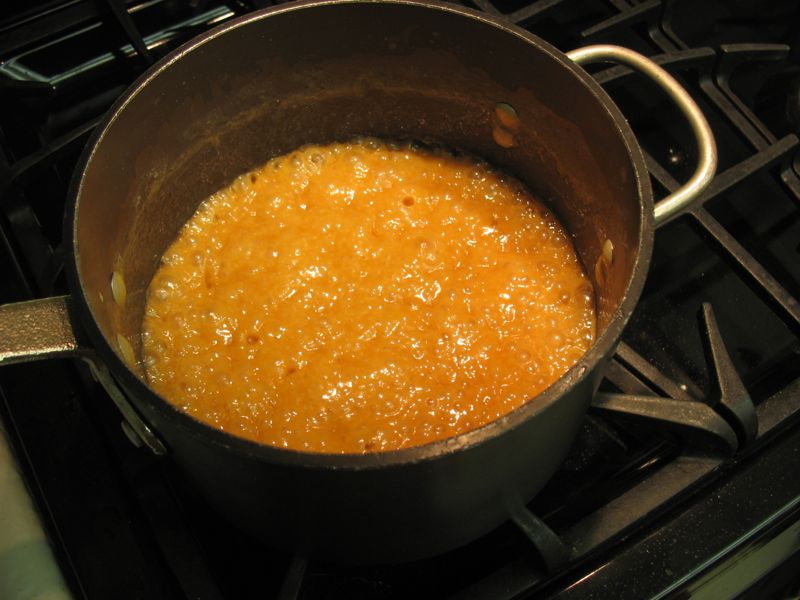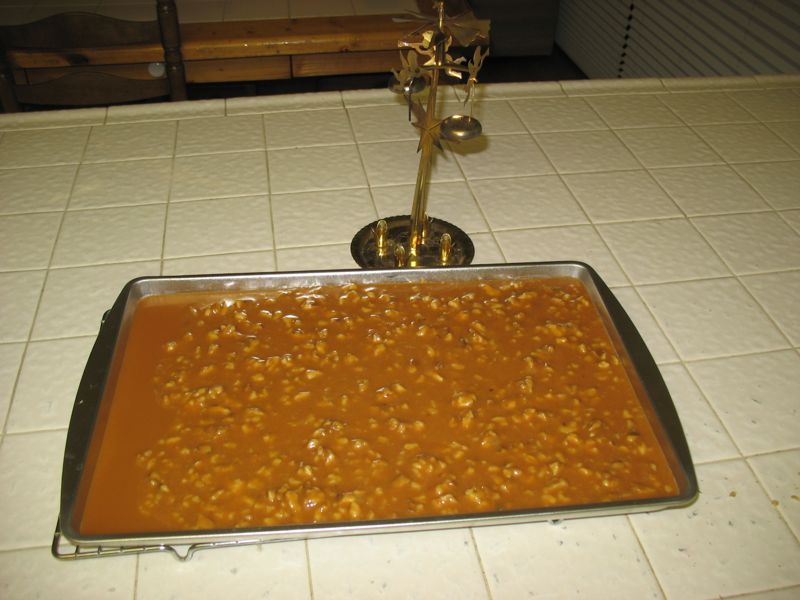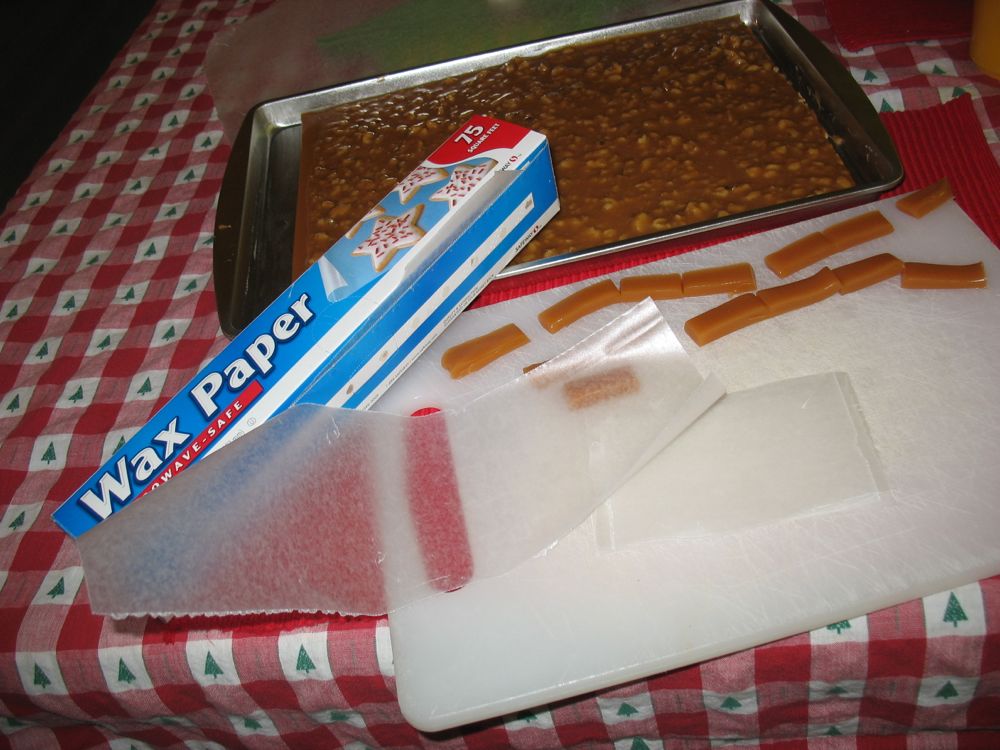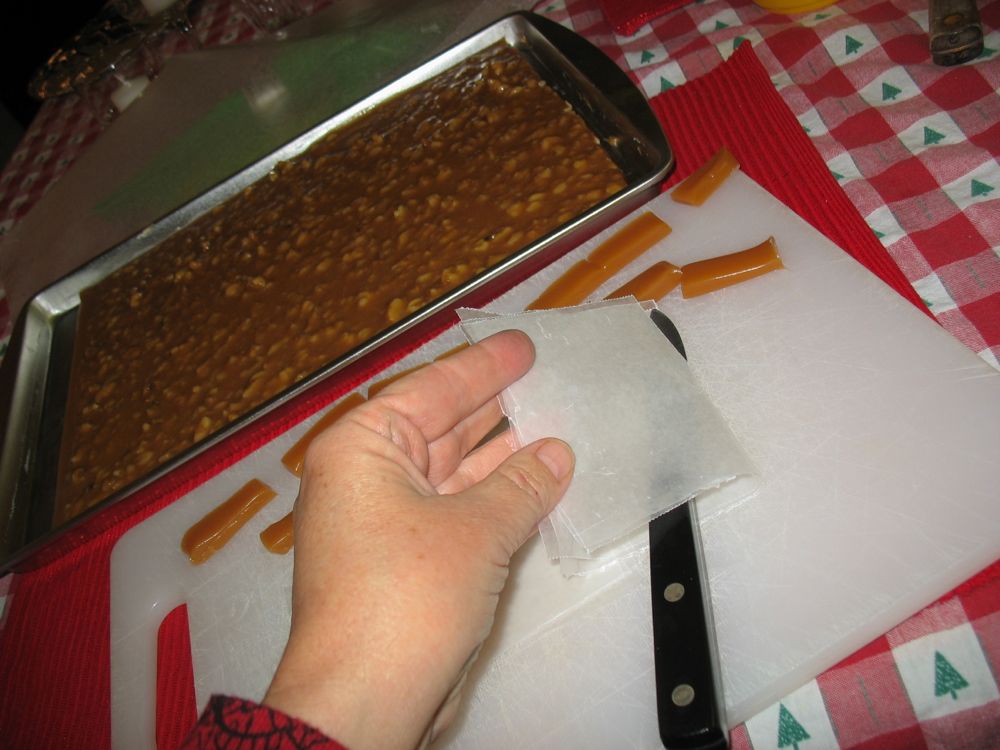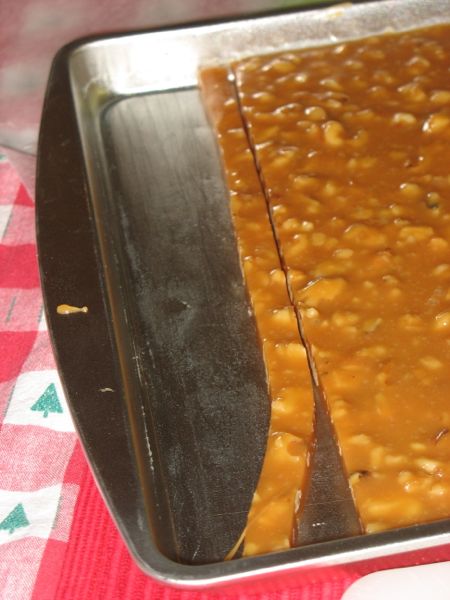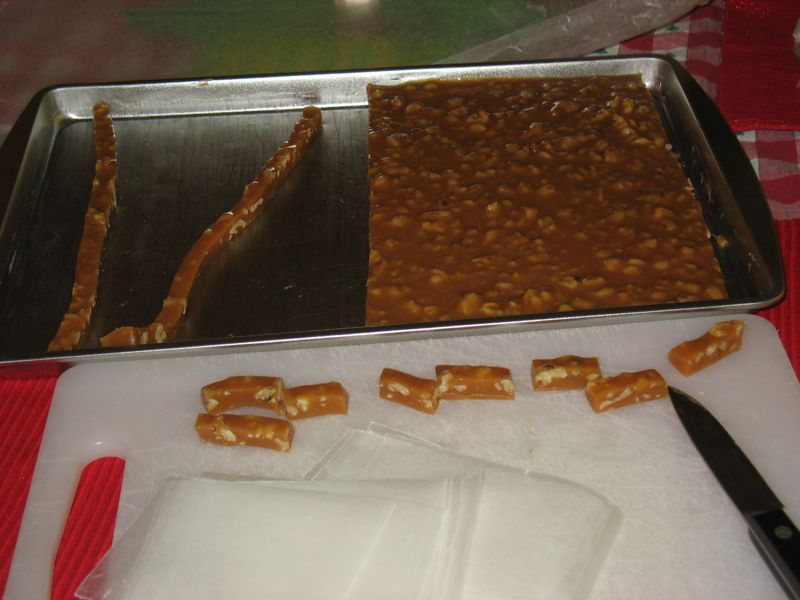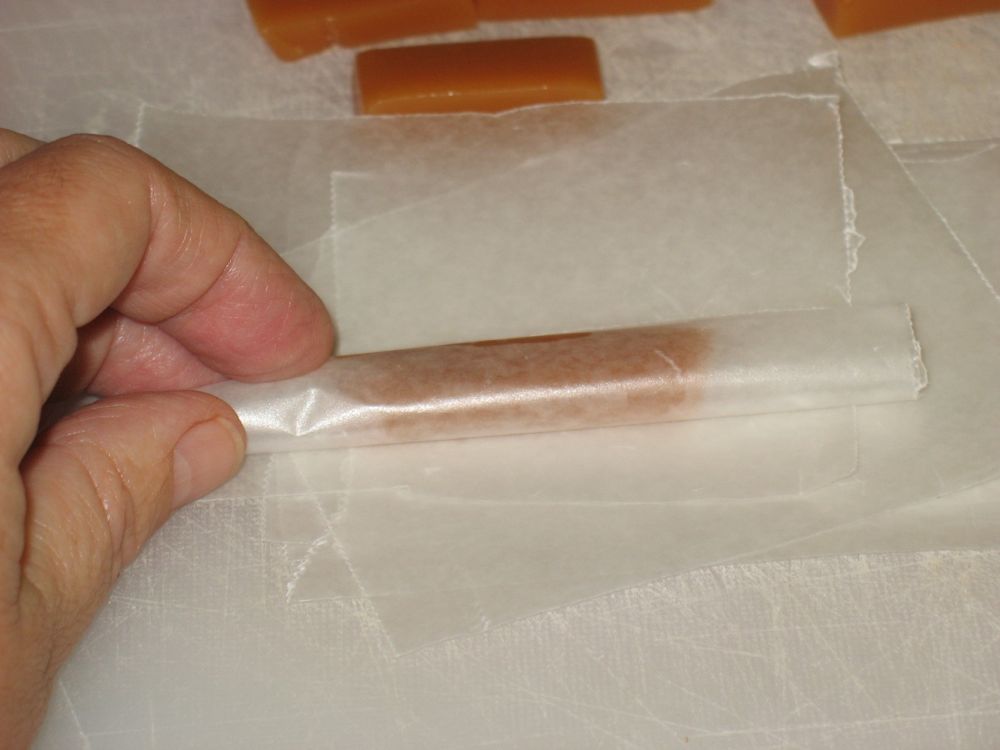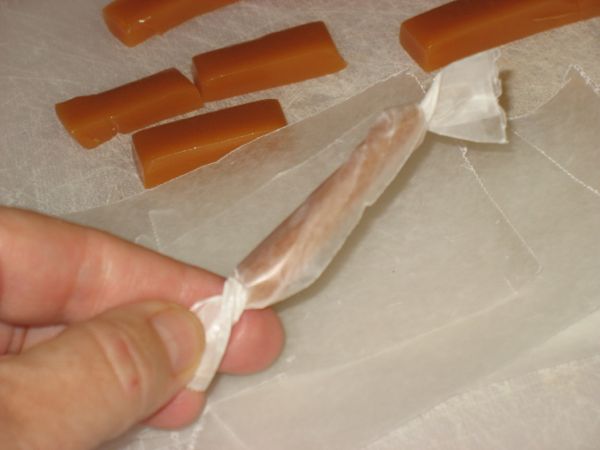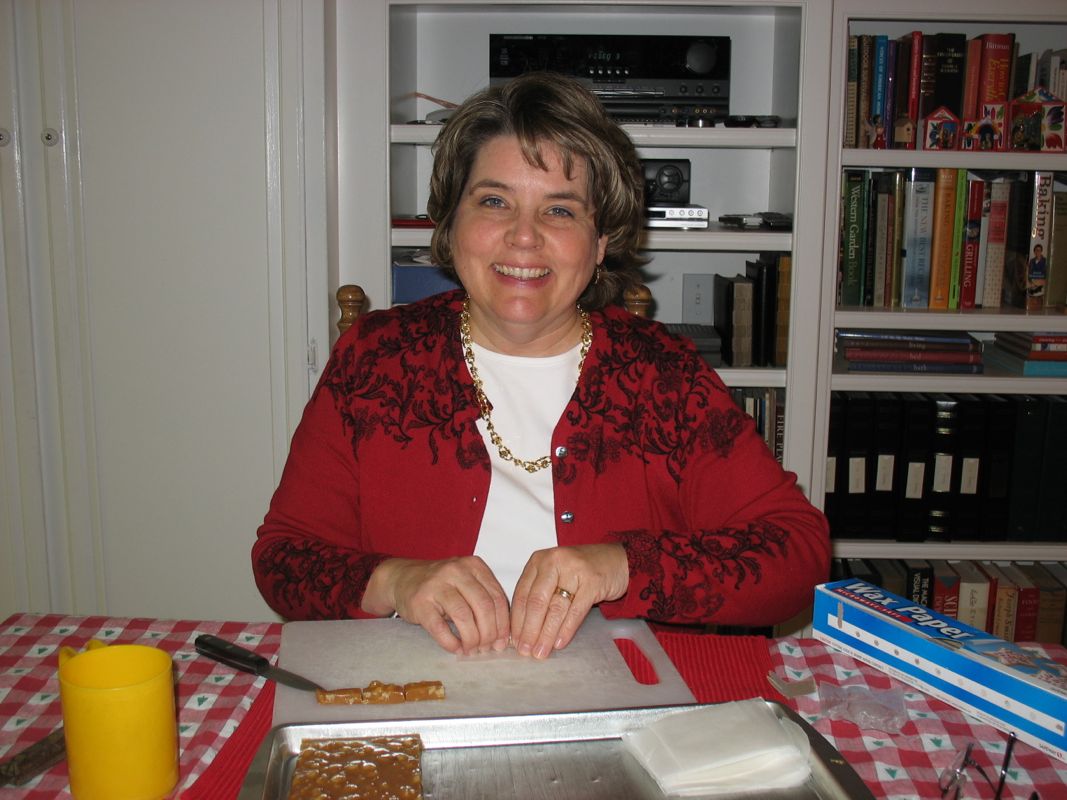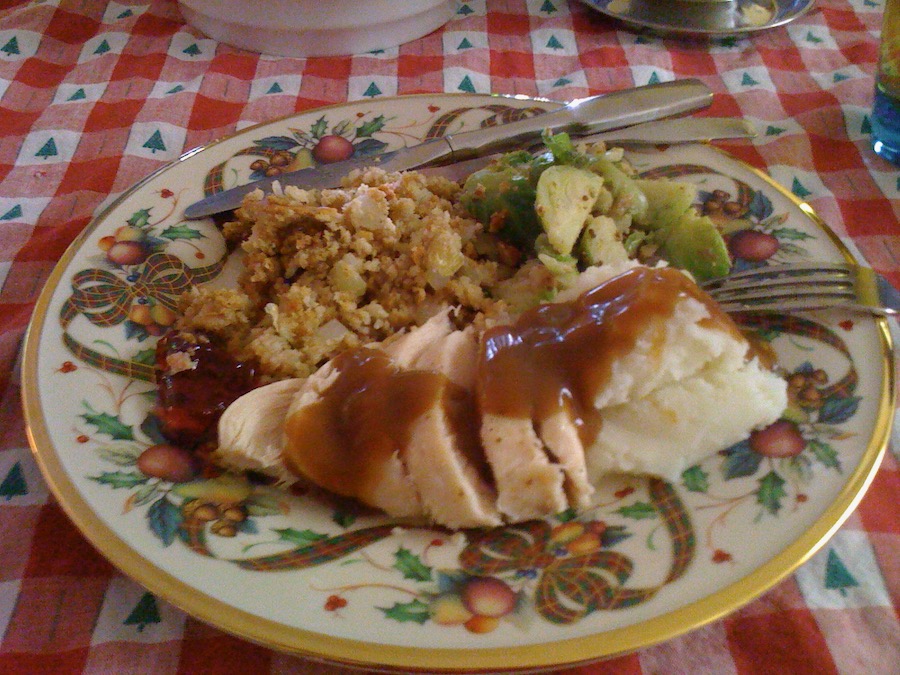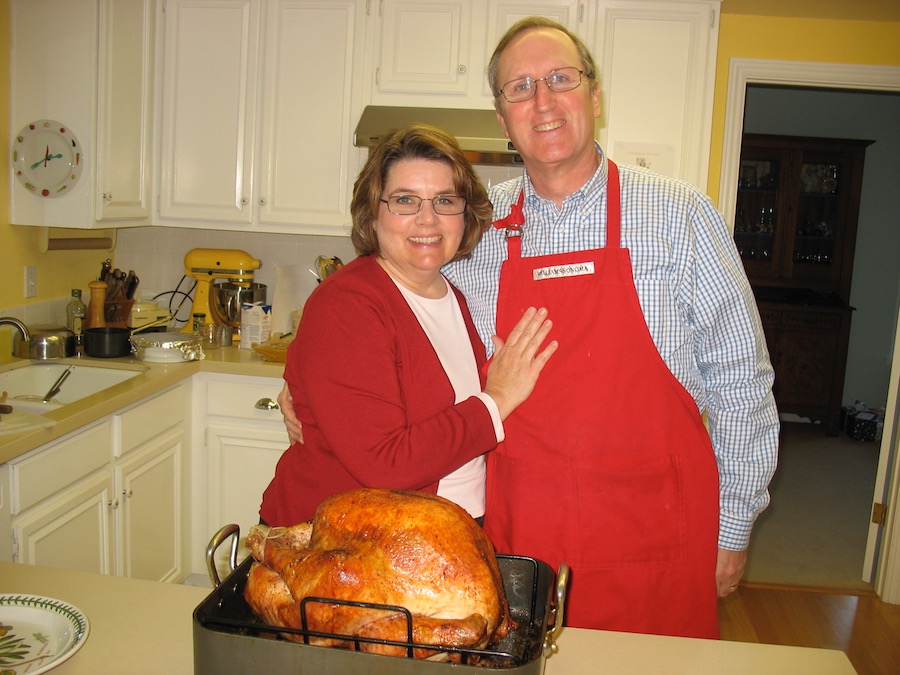It took me many years to figure out how to roast a turkey. For as long as I could, we went to Mom’s house, where she had it down. But the time came. At first I’d follow the directions on the wrapper of the turkey, the plastic saved from year to year in the gadget drawer in the kitchen. Later I turned to my go-to cookbook: The Joy of Cooking. I guess I should say something poetic about the food, the holiday, the company, the gathering, but this post is just about turkey, not the event.
Basics: Purchase a FRESH turkey a few days before Thanksgiving, keeping it refridgerated. (Some recommend brining, and if I every try it, I’ll post that, but not today). My favorite stuffing–yes, I still stuff the bird–is Pepperidge Farm in the blue box: Herbed Seasoned Bread Stuffing. Buy a head of celery, a pound of butter, onion (white or yellow), chicken broth, and make sure you have a large enough pan (with a rack, hopefully) to roast your bird.
Set a rack or a clean towel (or scrub the sink) in the kitchen sink and put the turkey in there: remove the bird from the wrapping, dig the giblets out of the neck area (save them), check the cavity to make sure you got all the treasures out of there, then rinse the bird thoroughly in cool water several times. Do not let it soak. Drain. Pat it dry with paper towels, inside and out and set aside–it’s okay to set it in the roasting pan you’ll use.
Put on the music to keep you company–no one else will. Preheat to the oven to 450 degrees F.
Chop about 4-5 stalks of celery, saving the leaves for the giblet brew (more on that later) and 1 large onion. Place a cube of butter in a large pan, and add these vegetables to the pan, sauteeing them until golden. Add the amount of chicken broth you need to this mix (see the back of the bag for proportions), bring to a simmer. Rip open the bag of stuffing and place in a large bowl. Pour the hot vegetable mix over the dry stuffing, toss to mix well. (Since you haven’t had breakfast yet, this is really good breakfast food for the cook–slightly crunchy and warm.)
Maneuver the turkey around and stuff the neck area, making sure not to pack it in–it needs room to expand–then skewer the flap closed. (Skewers are sold in grocery stores right now and they look like giant corsage pins.) Maneuver the turkey around again, gently, and set it on it’s end and spoon the stuffing into the large cavity, again loosely, but enough. Get a crust of bread and place over the opening, then wangle the legs back into their wire holders, if the turkey comes that way. If it doesn’t, skewer the skin closed, then tie the legs over the opening with some kitchen twine.
I tuck the wings back under the turkey, then set the whole thing in the rack. Since you’ve stuffed it, you need to quickly get it into the oven (for food safety reasons).
Two ways to do this: One way is to put the turkey upside down so that the drippings saturate the breast area throughout the cooking time. Invert the bird the last 20 minutes of cooking to brown the breasts. I’ve done it both ways and if you are diligent about basting the bird every 20-30 minutes, you should have a moist bird if you place it breast side up in the rack. Either way, as soon as you put it in the 450-degree oven, reduce the heat at once to 350 degrees.
When you baste, put the pan on top of the stove so you don’t let all the heat escape from your oven. I usually start by stroking the bird all over with a cube of real butter, then after that I use the pan drippings, tilting it so I can get at it with my spoon. I’ve used the turkey basters and they’re okay, but I got tired of the spitting (you’ll find out) and the cleaning, so now I just use a spoon.
The USDA has charts for roasting fresh turkey (thawed frozen ones take about 50% longer). I think turkeys take even less time than these charst; sometimes they’ll have a roasting chart printed on your wrapper. Some say allow 20 minutes per pound in smaller birds and 15 minutes per pound for the larger tom turkey, adding 5 minutes per pound for stuffed birds. However you figure it, just know that it’s inexact and that it will always be done when you least expect it–usually too early.
Meanwhile in a medium saucepan, place the celery florets, half of an onion studded with a couple of cloves, a carrot, scrubbed and broken into a couple of pieces, the giblets (we always added the liver, but some say it gives a bitter taste), the neck and cover with water. Simmer gently for 45-60 minutes or until the neck meat is tender and done. Reserve the giblets and neck, strain the liquid into a container. I chop up the liver, the neck meat and add to my stuffing. The cooking liquid is for the gravy.
Back to the turkey: toward the end, as it gets browner and browner, you can shield some parts with tin foil (like the tips of the legs, or even the breast). Some say it’s done when they jiggle the drumstick to see if the hip joint is loose. Others prick the skin of the thigh to see if the juices run clear. The legs and thighs will generally always take longer than the breast–this is when you use foil if you have to. I use a meat thermometer to check for doneness–about 165-170 degrees (according to the USDA), taking care that the tip is not in contact with the bone when I check.
Remove Mr. Turkey from the oven, and IMMEDIATELY remove the stuffing from both cavities into an oven proof dish. I usually mix the stuffing from the bird with the extra stuffing, the chopped bits from the above giblet brew, cover it and keep it warm in the oven. You can add canned chicken broth if it looks dry. Then tent the turkey and let it rest for a few minutes.
Then dress up the husband in the apron (or whoever is carving it), hand him the knife and fork and let him at it. Happy Turkey!
